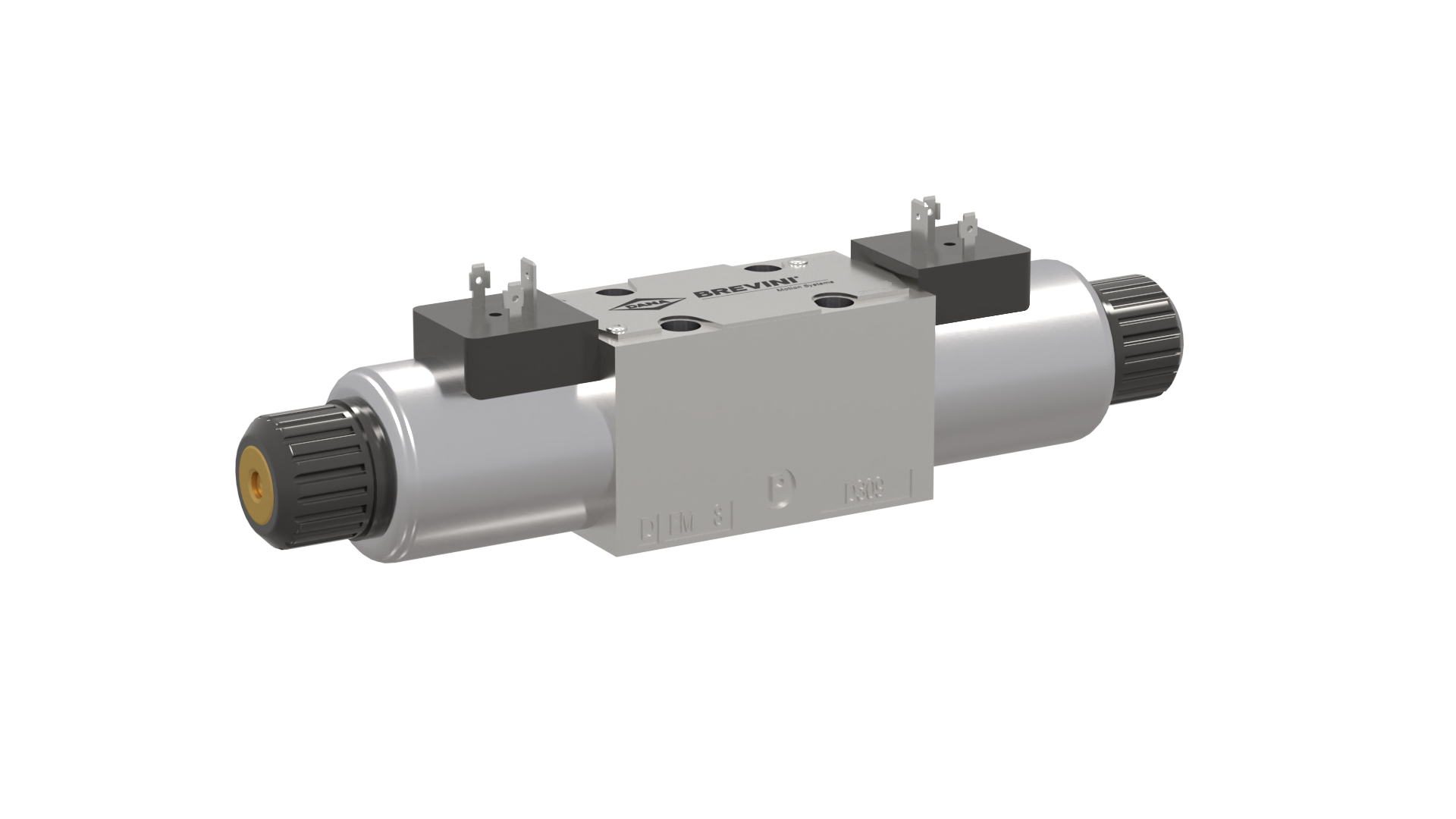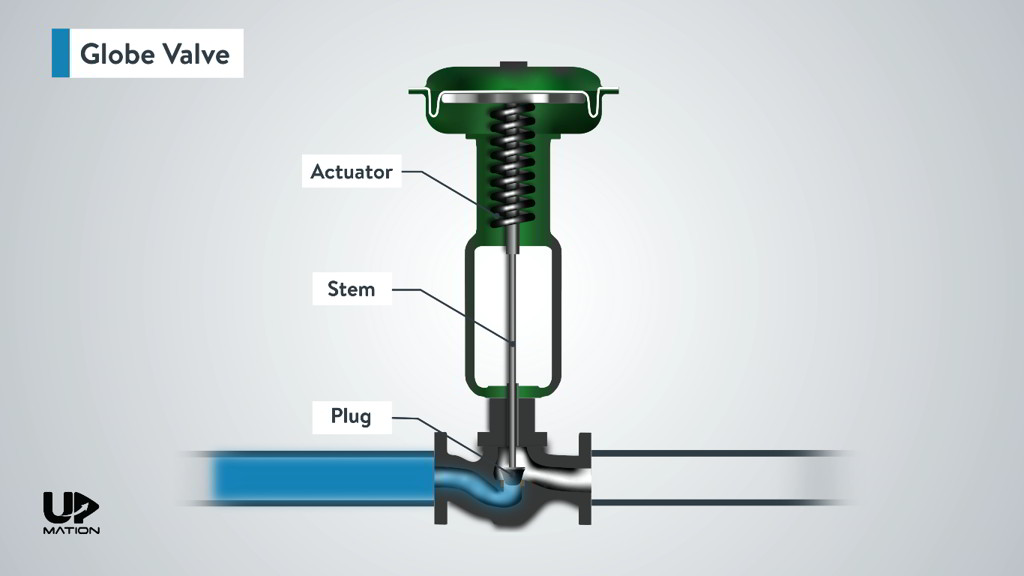
Maximize Power Financial Savings and Convenience With Advanced Building Automation Controls
In the realm of modern architecture and center administration, the combination of sophisticated building automation manages stands as an essential advancement. The convergence of innovation and sustainability has actually birthed a new period where energy efficiency, comfort optimization, and functional streamlining are no much longer remote ambitions but achievable facts. By taking advantage of the power of automation, structures can adapt, react, and develop in methods that were as soon as inconceivable. The potential for considerable power savings and boosted convenience is not just a promise yet a possibility waiting to be fulfilled. This standard change in structure management holds the key to opening a world where environmental conscientiousness and occupant health harmoniously exist side-by-side within the wall surfaces of our frameworks.
Power Performance Perks
Energy effectiveness advantages can considerably minimize energy intake and operational expenses in structures. Energy-efficient systems, such as sophisticated structure automation controls, can maximize the use of resources like air conditioning, illumination, and heating, leading to reduced power costs over time.
Furthermore, enhanced power efficiency can lengthen the life expectancy of building tools and systems. By running extra successfully, a/c systems, lighting fixture, and various other structure components experience much less damage, causing minimized upkeep and replacement costs. Additionally, energy-efficient buildings typically command greater residential or commercial property worths and rental prices, giving long-lasting monetary benefits to owners.
Additionally, energy effectiveness can improve occupant comfort and productivity. Correctly regulated indoor environments with ideal lights and thermal conditions produce a more conducive and enjoyable workspace, causing enhanced employee complete satisfaction and efficiency. In general, the energy performance benefits connected with sophisticated structure automation controls are multifaceted, including expense savings, environmental stewardship, and occupant health.
Improved Comfort Control
Enhancing comfort control in building environments calls for an innovative assimilation of advanced automation systems for optimum resident wellness. By using innovative building automation controls, centers can tailor the interior setting to meet the certain demands and choices of occupants. These systems allow accurate regulation of ventilation, temperature level, and lighting, developing a productive and comfortable atmosphere. Owner contentment and productivity are very closely connected to thermal convenience, making it necessary to have systems in position that can adapt to transforming conditions in real-time.
Enhanced comfort control surpasses fundamental temperature level changes. It consists of features such as customized setups, tenancy sensing units, and all-natural light application to produce a vibrant and responsive environment. By including these sophisticated controls, buildings can not only improve convenience but additionally improve power effectiveness by maximizing system procedures based on actual occupancy and usage patterns. Ultimately, focusing on owner comfort via innovative automation systems brings about an extra enjoyable and much healthier interior environment.
Operational Performance Improvements

Furthermore, the application of real-time monitoring and analytics tools makes it possible for building drivers to determine energy inadequacies and functional anomalies immediately. By continuously keeping track of energy usage patterns and system efficiency metrics, modifications can be made in real-time to enhance energy consumption and ensure peak operational performance. control valves. In addition, integrating demand reaction find strategies right into structure automation controls can better improve functional performance by dynamically adjusting energy usage based upon grid conditions and prices signals
Indoor Climate Optimization
Efficient indoor environment optimization is an essential facet of building automation controls, making sure residents' comfort and health while taking full advantage of power financial savings. By using advanced sensors and controls, building automation systems can constantly adjust and keep an eye on temperature level, humidity levels, air quality, and air flow to develop an optimum indoor environment. Preserving regular and comfy problems not just boosts owner contentment however additionally increases productivity and total well-being.
Indoor environment optimization likewise plays a critical role in power effectiveness. By fine-tuning home heating, ventilation, and cooling systems based upon real-time information and tenancy patterns, constructing automation controls can significantly decrease energy consumption - control valves. Implementing strategies such as demand-controlled ventilation and thermal zoning can aid decrease power waste while ensuring that each area of the building receives the required conditioning.

Lasting Setting Creation
Building automation manages not only enhance interior environment conditions for power effectiveness and resident comfort however also lay the structure for producing a lasting environment with calculated administration of systems and resources. By incorporating innovative building automation modern technologies, such as sensing units, actuators, and intelligent software program, facilities can change and check energy use in real-time to decrease waste and reduce their carbon impact. These systems allow predictive maintenance, identifying potential problems before they intensify and maximizing devices efficiency to improve durability and efficiency.
In addition, lasting setting development expands beyond energy management to include water conservation, waste decrease, and indoor air high quality improvement. Building automation controls can regulate water use, detect leaks, and make sure correct garbage disposal techniques, adding to general sustainability efforts. In addition, by checking and regulating air flow and purification systems, these modern technologies enhance resident wellness and efficiency while decreasing energy intake connected with HVAC operations.
Conclusion
Finally, advanced structure automation regulates deal significant benefits in terms of power financial savings, comfort control, operational effectiveness, interior climate optimization, and creating a lasting environment. By carrying out these controls, buildings can accomplish optimum performance while reducing power usage and improving owner convenience. It appears that the use of advanced automation innovation is vital in enhancing building efficiency and developing a much more lasting future.
Energy efficiency benefits can significantly lower energy intake and operational expenses in structures. In general, the power effectiveness advantages linked with advanced structure important link automation controls are complex, incorporating cost savings, ecological stewardship, and resident well-being.
Additionally, including need action methods into building automation controls can further boost functional performance by dynamically changing energy usage based on grid conditions and pricing signals.
Building automation regulates not just optimize interior environment problems for energy performance and resident comfort yet additionally lay the foundation for developing a sustainable setting with calculated management of resources and systems.In final thought, advanced structure automation manages deal substantial advantages in terms of energy savings, comfort control, functional efficiency, indoor climate optimization, and producing a sustainable setting.